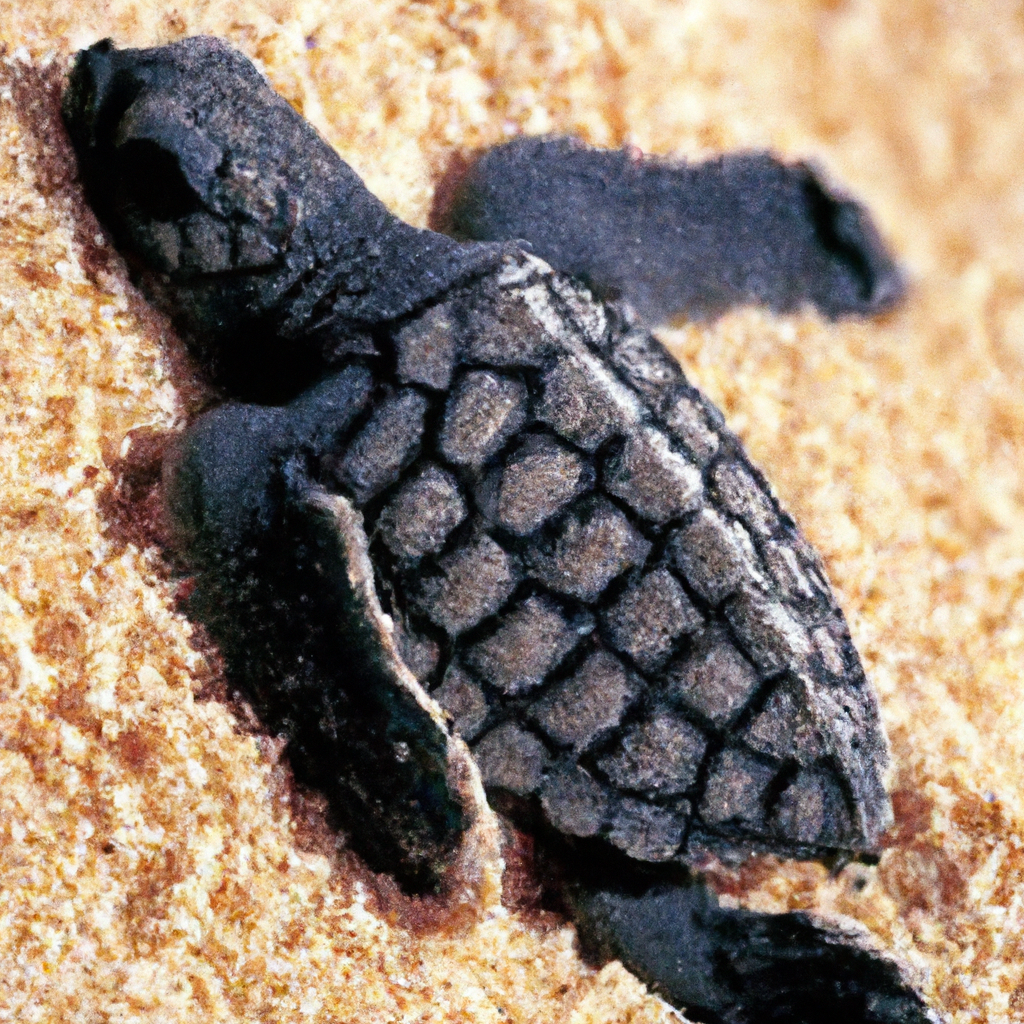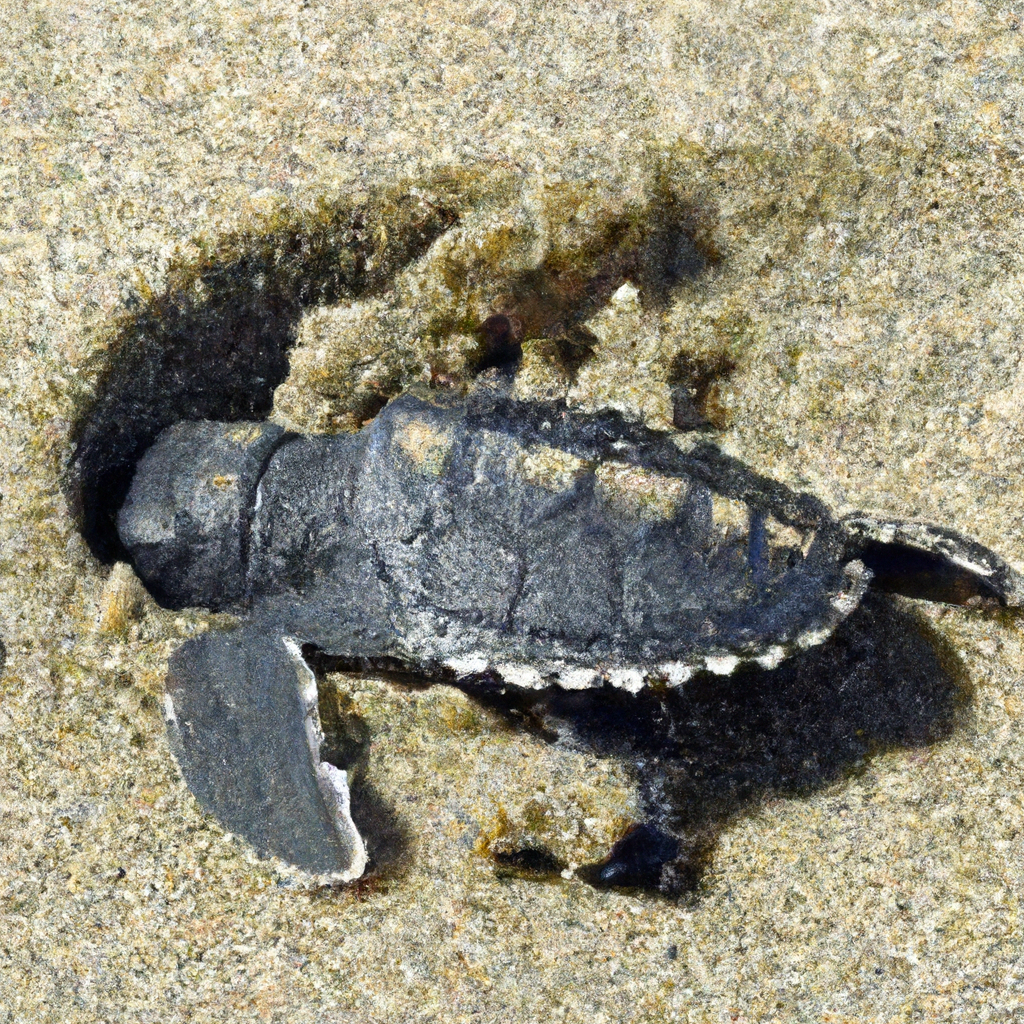So, you’ve probably never really given much thought to the gender of turtles, right? Well, it turns out that determining the gender of these reptiles is not as straightforward as you might think. In fact, it can be quite a challenge for researchers and scientists. In this article, we’ll explore the various methods used for turtle gender determination and the unique challenges faced by those in this field. Get ready to dive into the fascinating world of turtle gender determination!
Methods of Determining Turtle Gender
Determining the gender of turtles is an important aspect of research and conservation efforts. Knowing the gender composition of turtle populations can provide crucial information for understanding reproductive dynamics, population ecology, and conservation planning. There are several methods available for determining turtle gender, each with its own advantages and limitations. In this article, we will explore five main methods: visual identification, ultrasonography, laparoscopy, histological examination, and genetic techniques.
Visual Identification
Sexual Dimorphism
One method of determining turtle gender is through visual identification based on sexual dimorphism. Sexual dimorphism refers to the physical differences between males and females of a species. In some turtle species, such as the painted turtle (Chrysemys picta) and the red-eared slider (Trachemys scripta elegans), there are noticeable differences in size and appearance between males and females. Males may have longer claws, larger tails, or brighter coloration compared to females. By closely examining these physical characteristics, researchers and conservationists can determine the gender of individual turtles.
Examination of Secondary Sexual Characteristics
Another visual identification method involves the examination of secondary sexual characteristics. These characteristics are specific traits or behaviors that develop during sexual maturity and play a role in reproductive success. For example, in some turtle species, males possess longer and thicker tails compared to females, which are used during courtship and mating. Additionally, males may also have brighter and more vivid coloration to attract females. By observing these secondary sexual characteristics, researchers can differentiate between male and female turtles.
Behavioral Observations
In addition to physical characteristics, behavioral observations can also be used to determine turtle gender. During the breeding season, males often exhibit specific behaviors to attract females and compete with other males. These behaviors can include head bobbing, chin stroking, or the production of specific vocalizations. By observing the behaviors exhibited by individual turtles, researchers can make informed assessments about their gender.

Ultrasonography
Principle of Ultrasonography
Ultrasonography is a diagnostic imaging technique that uses high-frequency sound waves to create real-time images of internal structures. In the context of turtle gender determination, ultrasonography can be used to visualize the internal reproductive organs of turtles. The principle of ultrasonography relies on the fact that different tissues and organs have different densities and reflect sound waves differently. By transmitting sound waves into the body and measuring their echoes, an ultrasound machine can generate detailed images of the internal structures.
Procedure for Turtle Gender Determination
To determine turtle gender using ultrasonography, a probe is placed on the turtle’s body, and a conductive gel is applied to ensure good contact and sound wave transmission. The probe is then moved across the body, emitting sound waves and receiving their echoes. The echoes are then processed by the ultrasound machine to generate images of the reproductive organs. In females, the ovaries and oviduct can be visualized, while in males, the testes and the deferent duct can be seen.
Advantages and Limitations
One of the main advantages of ultrasonography is its non-invasive nature. It allows researchers to visualize the internal reproductive organs without any surgical procedures or harm to the turtles. Furthermore, ultrasonography can provide real-time imaging, allowing for immediate interpretation of the results. However, the effectiveness of ultrasonography can be limited by factors such as the size and location of the reproductive organs, the angle of the probe, and the experience of the operator. Additionally, turtles with thick shells or impenetrable tissue layers may present challenges in obtaining clear and accurate images.
Laparoscopy
Introduction to Laparoscopy
Laparoscopy is a surgical technique used to visualize and access the internal organs of animals. In turtle gender determination, laparoscopy involves making small incisions in the abdominal wall to insert a laparoscope, which is a thin tube equipped with a camera and light source. The laparoscope allows for direct visualization of the reproductive organs, enabling accurate determination of turtle gender.
Procedure for Turtle Gender Determination
To perform laparoscopy for turtle gender determination, the turtle is placed under anesthesia to ensure its comfort and safety during the procedure. Small incisions are made in the abdominal wall, and the laparoscope is inserted. The camera provides a magnified view of the reproductive organs, allowing for precise identification of male or female characteristics. After the procedure, the incisions are closed, and the turtle is carefully monitored during recovery.
Advantages and Limitations
Laparoscopy offers several advantages in turtle gender determination. It provides a direct and magnified view of the reproductive organs, allowing for accurate assessment of gender. Unlike traditional open surgery, laparoscopy is a minimally invasive technique, resulting in reduced trauma and faster recovery for the turtles. However, laparoscopy requires surgical expertise and proper equipment, which may limit its availability in some research or conservation settings.

Histological Examination
Collection and Preparation of Biopsy Samples
Histological examination involves the collection and analysis of biopsy samples from turtles for gender determination. Biopsy samples are small tissue samples obtained from the reproductive organs, which are then processed and examined under a microscope. To collect biopsy samples, turtles are anesthetized, and a small incision is made in the body cavity to access the reproductive organs. Tissue samples are carefully extracted and preserved for subsequent analysis.
Examination of Gonadal Tissue
Once the biopsy samples are collected, they undergo histological processing, which includes fixation, embedding in paraffin, and slicing into thin sections. The thin sections are then stained with specific dyes to highlight cellular structures and reproductive tissues. Under a microscope, researchers can examine the gonadal tissue and look for characteristics that indicate the turtle’s gender, such as the presence of developing eggs or sperm.
Advantages and Limitations
Histological examination provides direct visual evidence of the reproductive tissues and can accurately determine turtle gender. It also allows for the study of the reproductive cycle and the presence of any abnormalities or diseases. However, histological examination requires specialized equipment and expertise in tissue processing and analysis. Additionally, the biopsy procedure is invasive and carries risks, such as infection or injury to the turtle.
Genetic Techniques
PCR-based Genetic Methods
PCR-based genetic methods involve the analysis of DNA samples to determine turtle gender. Polymerase chain reaction (PCR) is a laboratory technique that amplifies specific DNA sequences, allowing for their identification and analysis. By using specific genetic markers associated with turtle gender, researchers can amplify and analyze the DNA to determine if the turtle is male or female.
Sex-linked Molecular Markers
Sex-linked molecular markers are specific genetic sequences that are associated with either male or female turtles. These markers can be identified through DNA analysis and used to determine turtle gender. In some cases, certain genetic markers are only found in one gender, providing a reliable method for gender determination.
Advantages and Limitations
Genetic techniques offer a highly accurate and reliable method of turtle gender determination. They are particularly useful when visual or anatomical methods are inconclusive or impractical. Genetic methods can be applied to various turtle species and are not limited by size or age. However, genetic analysis requires specialized equipment, technical expertise, and laboratory facilities. It can also be time-consuming and may not be readily available in all research or conservation contexts.

Challenges in Turtle Gender Determination
Determining turtle gender presents several challenges due to species variation, individual variation, age variation, environmental factors, and ethical considerations. These challenges can impact the accuracy and reliability of gender determination methods, as well as the interpretation of research findings and conservation efforts.
Species Variation
Turtle species exhibit diverse reproductive strategies and sexual characteristics, making gender determination methods variable across species. Some species may have distinct sexual dimorphism, while others may have subtle or no visible differences between males and females. Additionally, different species may have different timeframes for sexual maturity or breeding behavior, further complicating gender determination.
Individual Variation
Individual turtles within a species can also exhibit variation in their sexual characteristics, making gender determination challenging. Factors such as size, age, and overall health can influence the development of secondary sexual traits. Additionally, some turtles may exhibit intersex or transitional characteristics, blurring the distinction between male and female.
Age Variation
The age of a turtle can also impact gender determination methods. Some sexual characteristics may not fully develop until the turtle reaches a certain age, leading to inaccuracies in gender assessment. Additionally, age-related changes in reproductive organs or behaviors can further complicate the determination of turtle gender.
Environmental Factors
Turtle gender determination can be influenced by various environmental factors, particularly in species with temperature-dependent sex determination (TSD). TSD is a phenomenon in which the incubation temperature of the eggs determines the offspring’s gender. This means that environmental conditions, such as temperature fluctuations or climate change, can impact the gender ratios within turtle populations.
Ethical Considerations
While gender determination methods are valuable for research and conservation, they must also consider ethical considerations for the welfare of turtles. Invasive techniques, such as laparoscopy or histological examination, present risks to the health and well-being of turtles. Balancing the need for accurate data and conservation efforts with the ethical treatment of animals is crucial in turtle gender determination.
In conclusion, there are several methods available for determining turtle gender, each with its own advantages and limitations. Visual identification, ultrasonography, laparoscopy, histological examination, and genetic techniques all contribute to our understanding of turtle reproductive biology. However, challenges such as species variation, individual variation, age variation, environmental factors, and ethical considerations must be taken into account for accurate and meaningful gender determination. By overcoming these challenges, researchers and conservationists can contribute to the conservation and management of turtle populations worldwide.
